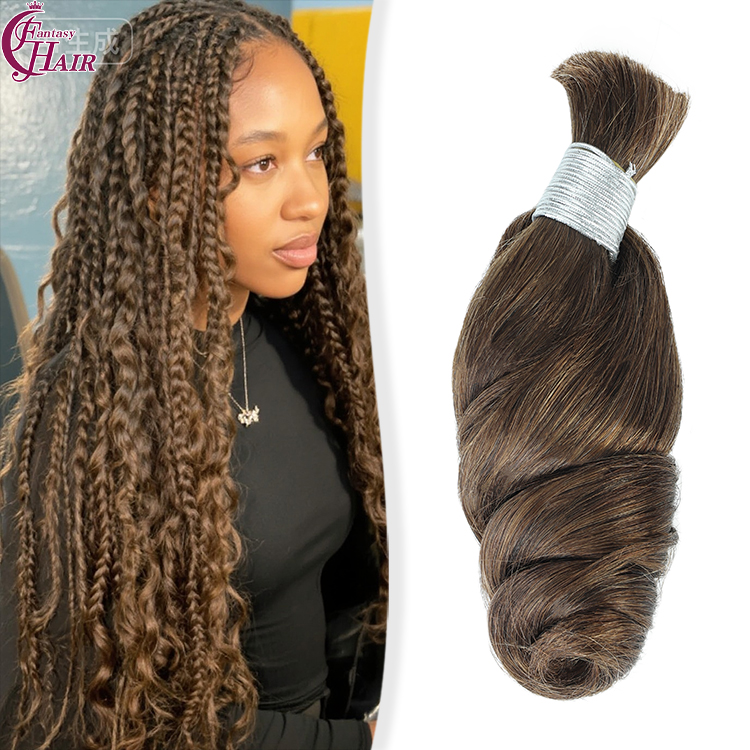wigs human hair
Buying a wig can be a huge decision, but you don’t have to be a snob to understand the differences between human hair and synthetic hair. If taken care of properly, human-hair wigs can last a year, while synthetic wigs can only last up to six months. The lifespan of heat-friendly synthetic lace based tress bobs is less than half that of a human-hair wig.
The majority of human hair used in wigs and extensions comes from China and India. The temples in these countries are the source of hair for wigs and extensions. In India, a religious pilgrimage is made to Tirumala, where barbers shave new heads every five minutes. The scalps are then sold for a few dollars. However, it’s unclear whether the money spent by the pilgrims to Tirumala is used for the production of wigs.
The difference between synthetic and human hair wigs can be largely attributed to the fact that human hair is easier to clean and maintain. In addition, synthetic wigs only require washing every four to six years. While humans have a longer lifespan, they have to be cleaned and dried after every wash. This puts stress on the fibers and can lead to a faster break down. Therefore, it’s best to avoid washing as frequently as possible.

When choosing a wig, you should consider the origin of the hair. While the majority of human hair used for wigs comes from China and India, a small percentage comes from temples in other countries. In India, a regional minister for trade and textiles admitted that he didn’t know where the hair came from. The most common type of human wig is made from Indonesian hair, which has a large supply and is cheaper.
When choosing a wig, it’s important to consider the source of the hair. A wig made of human hair will look more natural and feel more realistic than one made from synthetic material. A human wig will be more durable than synthetic strands and can last for over a year when used regularly. A wig made from human-hair will not shrink or lose its shape after several washings, so it’s best to choose a wig with a higher cost.
Human hair wigs are made from the hair of women who are religious or have other aversions to synthetic hair. The majority of human-hair wigs come from China and India, where barbers cut heads for the temples. While this may seem cruel, it’s not necessarily harmful if the wigs are clean. People generally want their wigs to be hygienic and not ethical.




